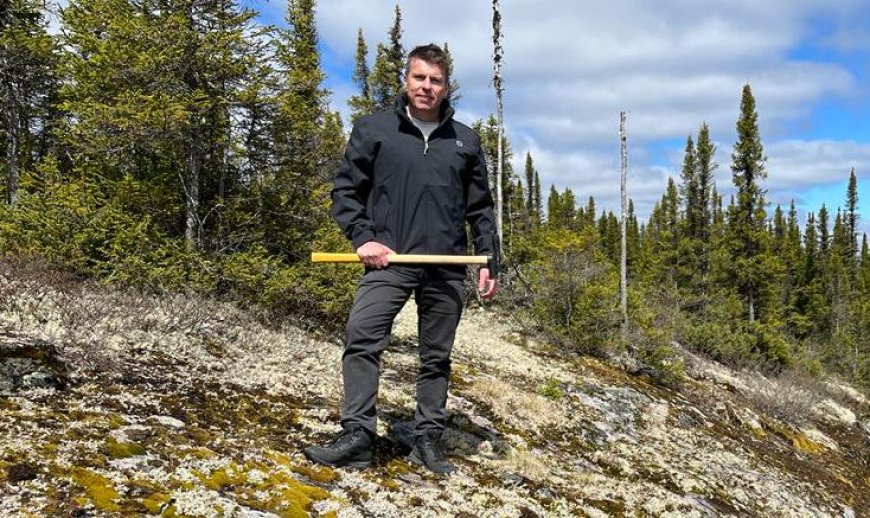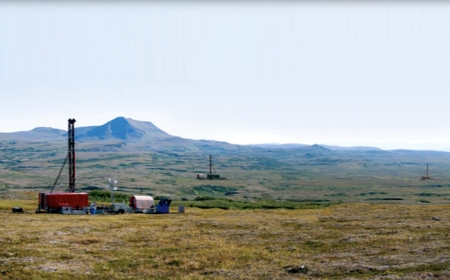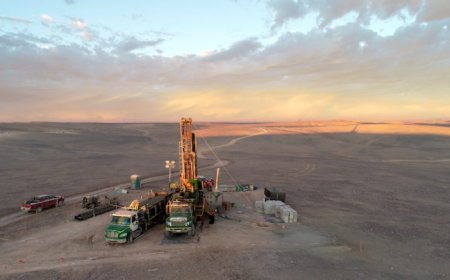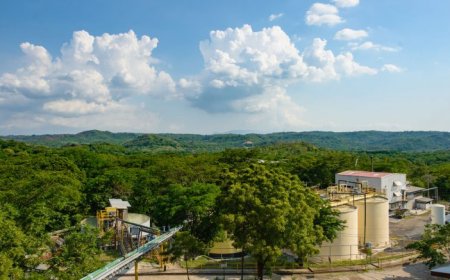Canucks beat Aussies in hard-rock lithium battle for value, Winsome says
Australia-based Winsome Resources (ASX: WR1), which is developing three hard-rock lithium projects in Quebec, says it’s attracted to Canadian opportunities because they’re less expensive than in the Outback.


Assays reported this week from the Adina spodumene project, Winsome’s most advanced, extend the strike length of high-grade lithium to 3 km as it prepares for an initial resource estimate and preliminary economic assessment this year at the site about 300 km east of James Bay, managing director Chris Evans said.
“A lot of Western Australia has already been explored and staked for lithium,” Evans said in an email exchange from Perth, Australia where the company is based. “Anything promising looks very expensive by comparison to Canada, which is seen as the new frontier for hard rock lithium development.”
Quebec has become a hard rock lithium hotspot as companies vie to supply the surging electric vehicle market. Sayona Mining (ASX: SYA) restarted its North American Lithium operation last week. The federal government approved the James Bay open-pit project by Galaxy Resources, a part of Allkem (TSX: AKE; ASX: AKE), in January, and Azimut Exploration (TSXV: AZM) has its own James Bay project. Patriot Battery Metals (TSXV: PMET; ASX: PMT; US-OTC: PMETF) is lengthening the strike on its Corvette property.
Winsome has a “cornerstone” investment from Toronto-based Lithium Royalty, which holds 4% gross overriding royalties on Adina and the Cancet project, located 200 km east of James Bay. It has started a 20,000-metre drilling program this year across its properties. Shares in Winsome closed 5% lower on Thursday in Sydney at A$1.40, within a 52-week range of A18¢ and A$2.52, valuing the company at A$227 million.
Winsome may list on the Toronto exchange, but the current situation is beneficial, Evans said.
“Eventually yes,” he said. “At the moment, Canadian lithium projects that are listed on the ASX get better valuations than those listed on the TSX.”
Winsome plans a prefeasibility study next year at Adina followed by a definitive feasibility study and final investment decision in 2025, with production to start two years later.
“We expect Cancet to follow a little behind Adina’s timeframes,” Evans said. “We have found around 3 million tonnes already at Cancet, however we are still undertaking exploration across the large claim area to find additional lithium mineralization.”
Adina assays
The company’s Quebec portfolio also includes Sirmac-Clappier about 250 km south of Adina, and option agreements to acquire and explore 385 sq. km in Decelles and 149 sq. km at Mazerac, both near Val-d’Ór.
Winsome also owns the offtake rights for lithium, cesium and tantalum from Power Metals’ (TSXV: PWM) Case Lake project in eastern Ontario, as well as a 10% equity stake in Power Metals.
The recent Adina assays show mineralization from the 2018 MetalsTech drilling at Adina 1 to the Adina main zone to Adina east, Winsome said in a release on Apr. 3. The strike remains open to the east and west, it said.

Drill hole AD-22-043 cut 12.2 metres grading 1.5% Li2O from 63.3 metres downhole; AD-22-044 returned 6 metres grading 1.8% Li2O from 83.4 metres depth; and AD-22-045 cut 15 metres grading 1.3% Li2O from 47.4 metres downhole.
Further drilling and gravity surveys are due this year, especially to the southwest including the 2018 drilling area, to identify further targets along the regional structural corridor which runs west-southwest to east-northeast, the company said. It wants to test the link between Adina East, Adina Main and the previous drilling undertaken by MetalsTech.
At Adina, Winsome estimates multiple phases of pegmatitic intrusions occurred over time although it’s unclear at this point whether the three prospects are the same orebody offset by faulting or three or more phases of intrusive activity.
“A lot of Australians, like myself and our chairman Stephen Biggins, have experience in building hard rock lithium mines,” Evans said by email. “We wish to bring this to bear on the many opportunities in this space available in Canada.”




















